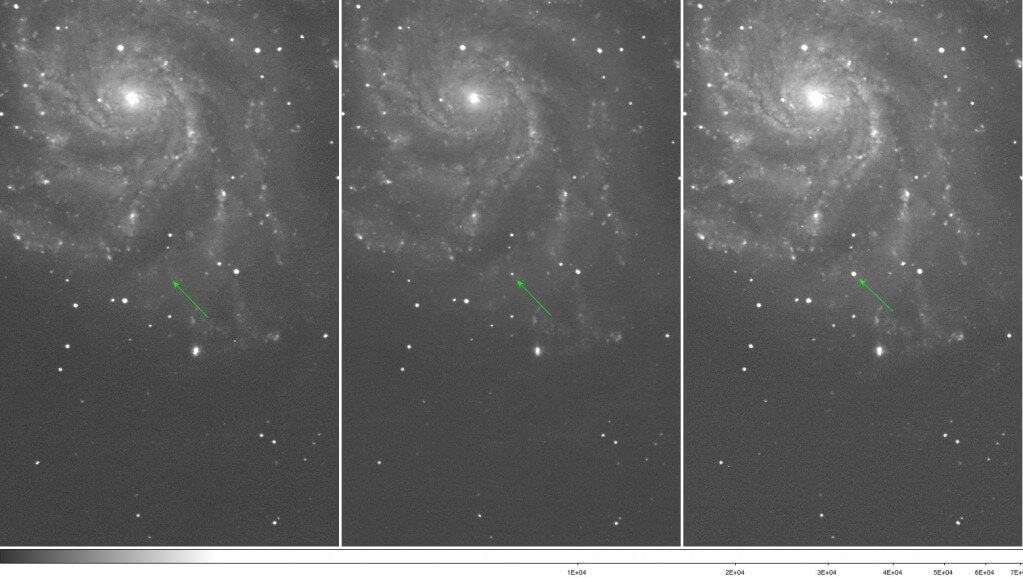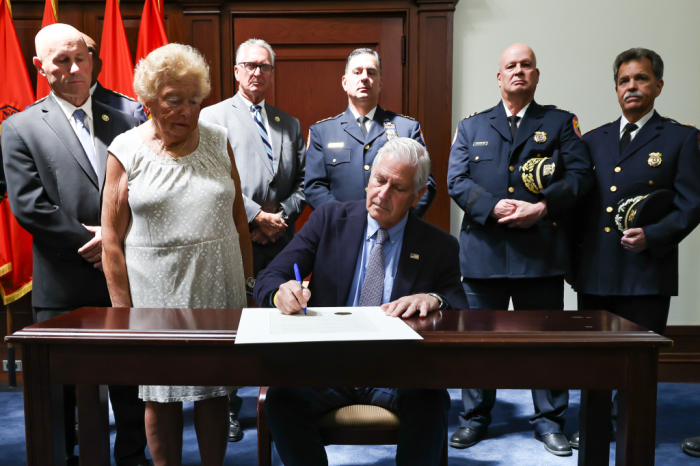
This week, Earthlings can look up in the sky and see the closest Supernova to Earth in the last 25 years.
According to Fox, a team of astronomers from the Lawrence Berkeley National Laboratory and University of California at Berkeley discovered the exploding white dwarf star in the Pinwheel Galaxy, located in the “Big Dipper,” 21 million light-years away.
According to Berkeley, at a mere 21 million light-years from Earth, which is considered a relatively small distance by astronomical standards, the supernova is still getting brighter, and may be visible with binoculars in the next ten days.
The team discovered the supernova, named PTF 11kly, within hours of its explosion.
“We caught this supernova very soon after explosion. PTF 11kly is getting brighter by the minute. It’s already 20 times brighter than it was yesterday,” said Peter Nugent, the senior scientist at Berkeley Lab who first spotted the supernova and adjunct professor of astronomy at UC Berkeley, in a statement. “Observing PTF 11kly unfold should be a wild ride. It is an instant cosmic classic.”
What is being dubbed as “the supernova of a generation” was discovered by the Palomar Transient Factory survey, which is designed to observe and uncover astronomical events as they happen.
According to a Berkeley press release, the astronomers predict that it will be a target for research for the next decade, making it one of the most-studied supernova in history.



































